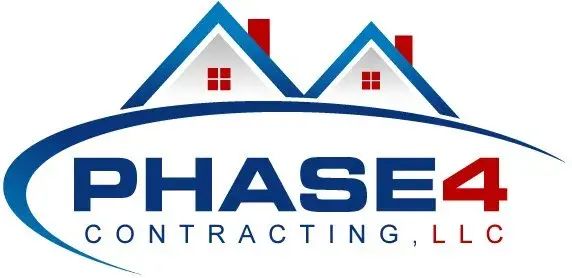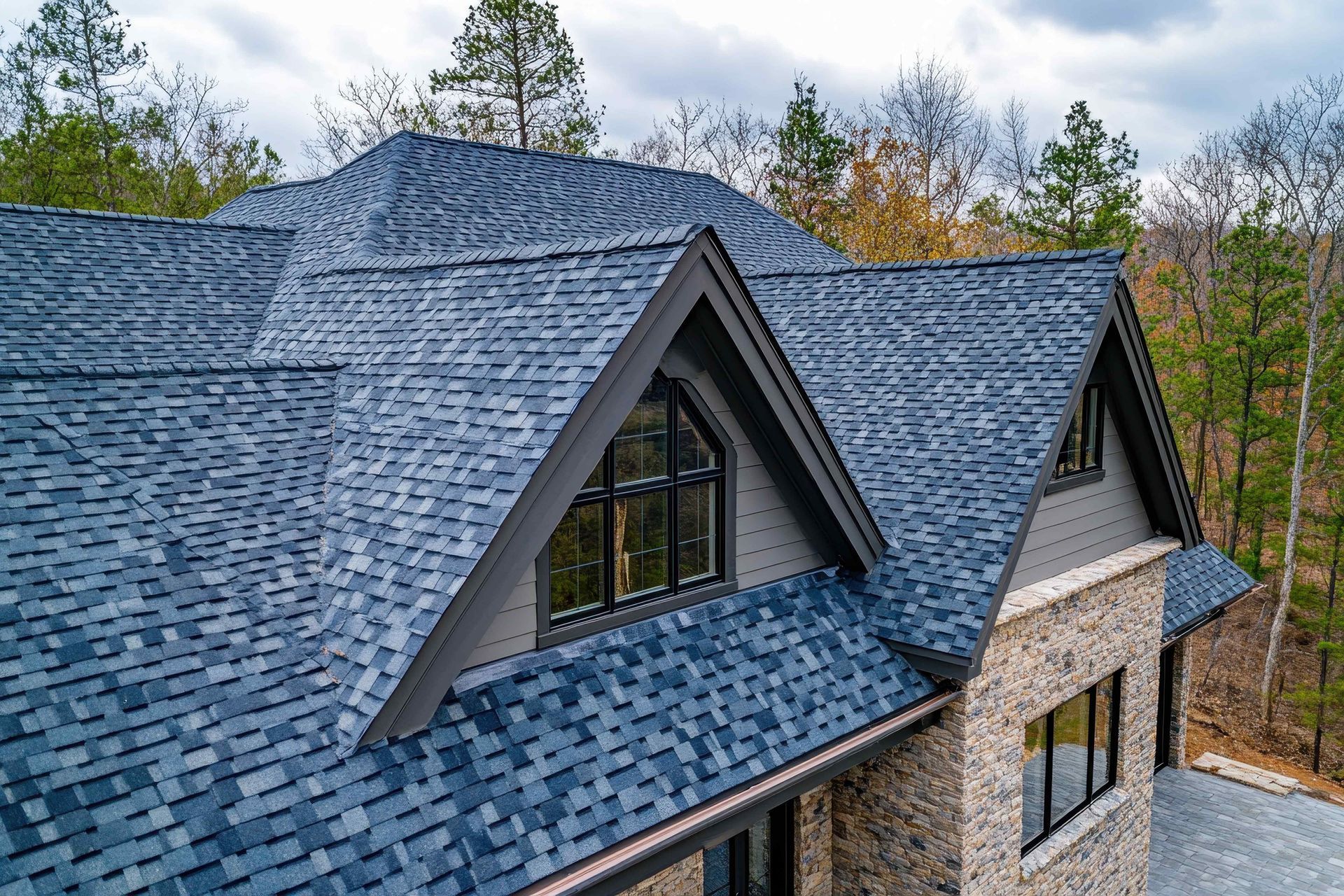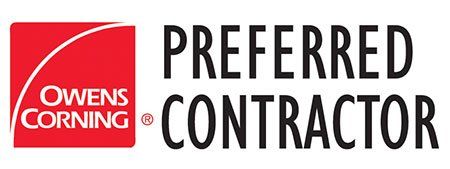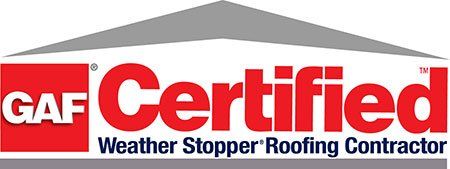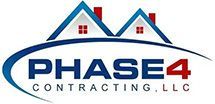When selecting a roofing contractor, homeowners need to verify the professionals’ reliability and ensure the quality of their work. Hiring an undependable or inexperienced service provider can result in subpar work and costly repairs down the line. This can make the selection process stressful and time-consuming.
In this blog post, we’ll explore the essential factors to consider when finding roofing contractors. We will also list several red flags to watch out for when evaluating potential service providers.
Factors To Consider When Choosing a Roofing Contractor
The following considerations can help you overcome the challenges of finding a reliable contractor to hire:
Experience and Expertise
Look for contractors with a proven track record in the industry! They are likely to have the skills and knowledge necessary to handle roofing projects effectively. You should also consider the specific expertise of the contractor, such as their proficiency in installing certain roofing materials. This will ensure that they are familiar with the requirements and intricacies of your project.
Credentials and Licensing
Ensuring your contractor holds the necessary licenses, bonds, and insurance guarantees their legitimacy. Certifications from reputable organizations and manufacturer endorsements indicate specialized expertise and commitment to quality workmanship. This will help verify the contractor's credibility and competency in handling your roofing project.
Quality of Workmanship
Consider contractors with a track record of delivering high-quality results on past projects. You can request references from previous clients or even inspect completed projects in person. Additionally, inquire about the materials and techniques the roofing contractor uses to ensure they align with your expectations for durability and longevity.
Communication and Accessibility
Opt for service providers who are responsive to inquiries and provide timely communication throughout the project. Accessibility — the physical location and availability for site visits or consultations — also ensures a more collaborative working relationship. This facilitates effective problem-solving and allows you to address any concerns or changes promptly.
Cost and Payment Terms
Ensure that the contractor provides a transparent breakdown of all costs involved in the project, including materials, labor, and any additional fees. Discuss payment terms upfront to avoid surprises and negotiate a payment schedule that works for both parties. Remember, you should prioritize value over solely focusing on the lowest cost, as quality workmanship and reliability are crucial for a long-lasting roof.
Local Knowledge and Compliance
A contractor familiar with local requirements can ensure that your roof meets all necessary standards for safety and durability. You can ask them about their previous projects nearby and how they navigated local regulations and permitting processes. You can also inquire about specific considerations related to your location, such as weather patterns or environmental factors.
Red Flags To Watch Out For
Below are several red flags to keep an eye on when assessing service providers:
- Pressure tactics: Be wary of contractors who pressure you to decide quickly or who use high-pressure sales tactics!
- No written contract: Avoid working with a contractor who refuses to provide a written contract outlining the details of the project, including costs, timelines, and warranties.
- Poor reviews or reputation: If you find numerous negative reviews or complaints about the contractor's work, it may be a sign to look elsewhere.
- Unsolicited offers: Be cautious of contractors who show up uninvited at your door offering their services, especially after a storm or other weather event.
- Demanding full payment upfront: Avoid those who demand full payment upfront or ask for an unreasonably large deposit before starting the work.
Upgrade Your Home With Phase 4 Contracting!
Conduct thorough research, ask the right questions, and trust your gut instincts when selecting a contractor. At Phase 4 Contracting, we understand the importance of choosing the right partner for your roofing needs. With our expertise and dedication to quality, we will exceed your expectations at every step of the process!
Call us today at 267-649-7609 or schedule an appointment for a consultation.
